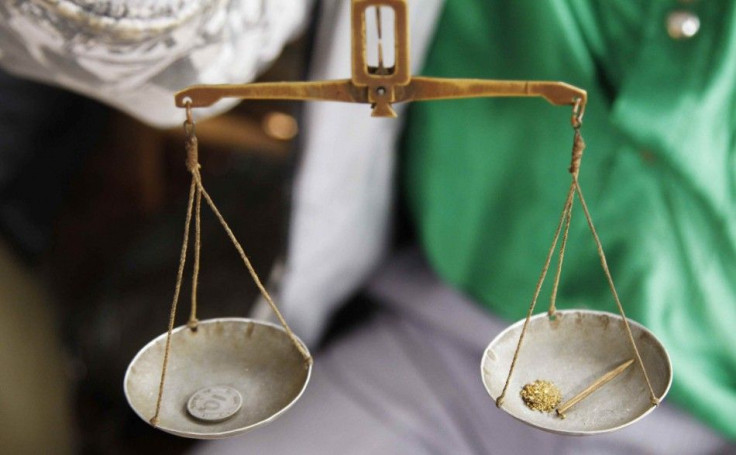Up to 75,000 Mining Jobs in Australia at Risk as Country Enters 3rd Phase of Resources Boom

Up to 75,000 jobs in Australia's mining industry are at a risk of being lost as the country enters the third phase of the resources boom, a report from ANZ warned.
The third phase is the operation phase. ANZ senior economist Justin Fabio said the figure is equivalent to 3 per cent to 8 per cent of the nation's gross domestic product.
Coupled with lower prices of commodities in the international market would result in more job cuts as miners attempt to reduce costs. This, in turn, could lead to Australia's unemployment rate hovering in the vicinity of 6 per cent in the next 12 months, Fabio explained.
Phase one was when global commodity prices surged, while phase two involved the investment of billions of dollars into mining projects. In the third phase when production further increases, about one-third of mining jobs would be shed, resulting in job cuts of about 263,000, the ANZ report estimated.
But as production levels accelerate and iron ore exports jump to almost 900 million tonnes by 2020 from 290 million tonnes in 2012, the Australian mining industry would boost profit to over $20 billion.
Outside iron ore, the ANZ report foresees Australia becoming the world's largest supplier of liquefied natural gas, the result of investments of more than $170 billion in gas fields and facilities in Queensland and Western Australia. By 2020, LNG export is forecast to go up to 88 million tonnes, which would bring in $67 billion into the local economy.
But the report projects a smaller 5 per cent yearly growth for coal, the country's third largest mineral export.
YouTube/Ferret.com.au





















